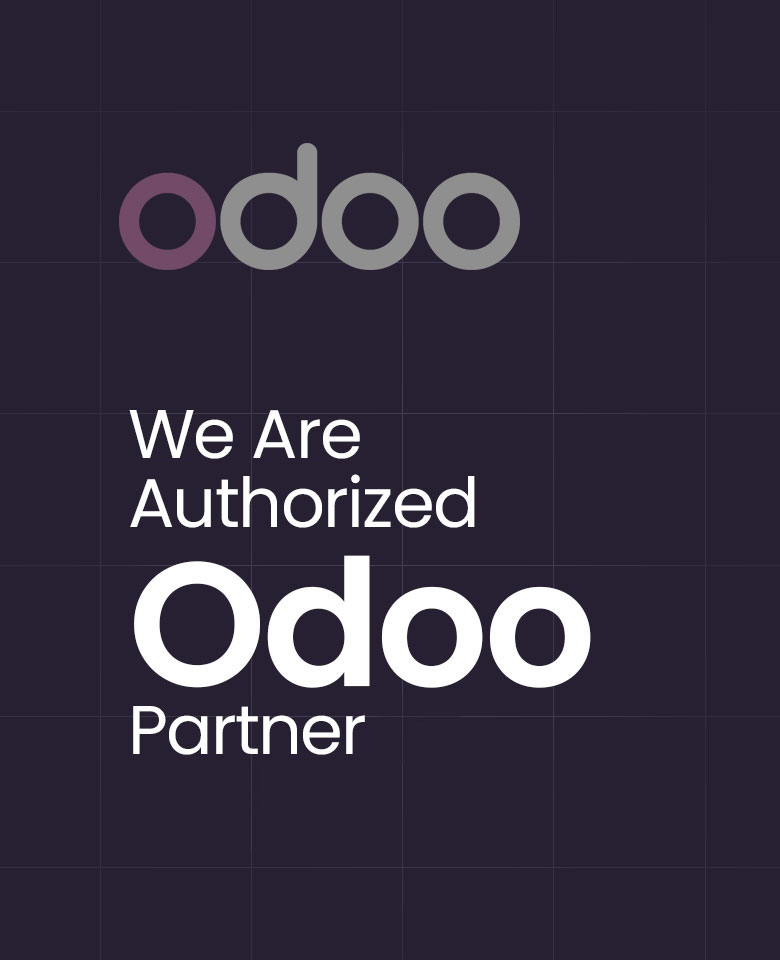Functions of Human Resource Management
Human Resource Management (HRM) is a management function that focuses on hiring, motivating, and maintaining a company’s workforce. Employee happiness and effective contribution to the attainment of company goals are ensured by human resource management.
Managerial Functions
Planning – Planning is the basic function, it is deciding in advance. Planning is systematic thinking about the ways and means for accomplishing goals. The quantity and type of employees required to meet the organization’s objectives are decided. Information is collected and evaluated to identify present and future human resource needs, as well as to forecast changing employee values, attitudes, and behaviour, and also their impact on the firm.
Organizing – Tasks are distributed among members of an organization, and activities are coordinated towards a common goal. Employee relationships are formed so that they can work together to achieve the organization’s goal.
Directing – Through effective leadership and motivation, it is possible to influence employees at various levels and contribute as much as possible to the firm. Motivating and commanding employees provide valuable insight into their best ability.
Controlling – The actual performance of the employees is checked, validated, and compared to the plans whether the goal is achieved or not. If the actual performance differs from the plan, control measures must be implemented.
Operational Functions
Recruitment and Selection – Recruitment is the process of finding and attempting to attract job candidates who are capable of effectively filling up job vacancies. The selection process is a mechanism used by HR to find the most qualified and high-potential candidates. Technological advancements in recruiting have been fast, there are several kinds of recruitment tools for each stage of the recruitment process.
Job Analysis – Job analysis includes the process of defining the nature of a job and establishing the requirements for doing that job, such as qualifications, skills, and work experience. The goal of job design is to outline and organize tasks, activities, and responsibilities into a single unit of work to achieve specific goals.
Performance Management – is essential for keeping employees motivated and productive. Good leadership, clear goal-setting and transparent feedbacks are all essential components of effective performance management.
Training and Development – Training is the act of increasing skills and knowledge to perform their jobs effectively. Both new and existing employees are given training and development. Employees must be able to develop the abilities they will need in the future.
Rewards – Compensation and benefits are critical in attracting the best candidates for the job and the organization. Rewards include salary for growth and career opportunities, recognition, a good organizational culture, and a satisfying work-life.
Industrial Relations – This function refers to the interaction between human resource management and employees represented by a trade union. Employees get together to create a union to have a greater role in policy affecting wages, benefits, and working conditions, among other things. Maintaining excellent connections with labor unions will assist in quickly identifying and resolving possible issues, as well as being useful in difficult economic times.
Personnel Record – This function involves collecting, recording, and maintaining employee- related data such as application forms, job history, working hours, earnings, employee absences and attendance, employee turnover, and other data. So that it helps to make better decisions.

